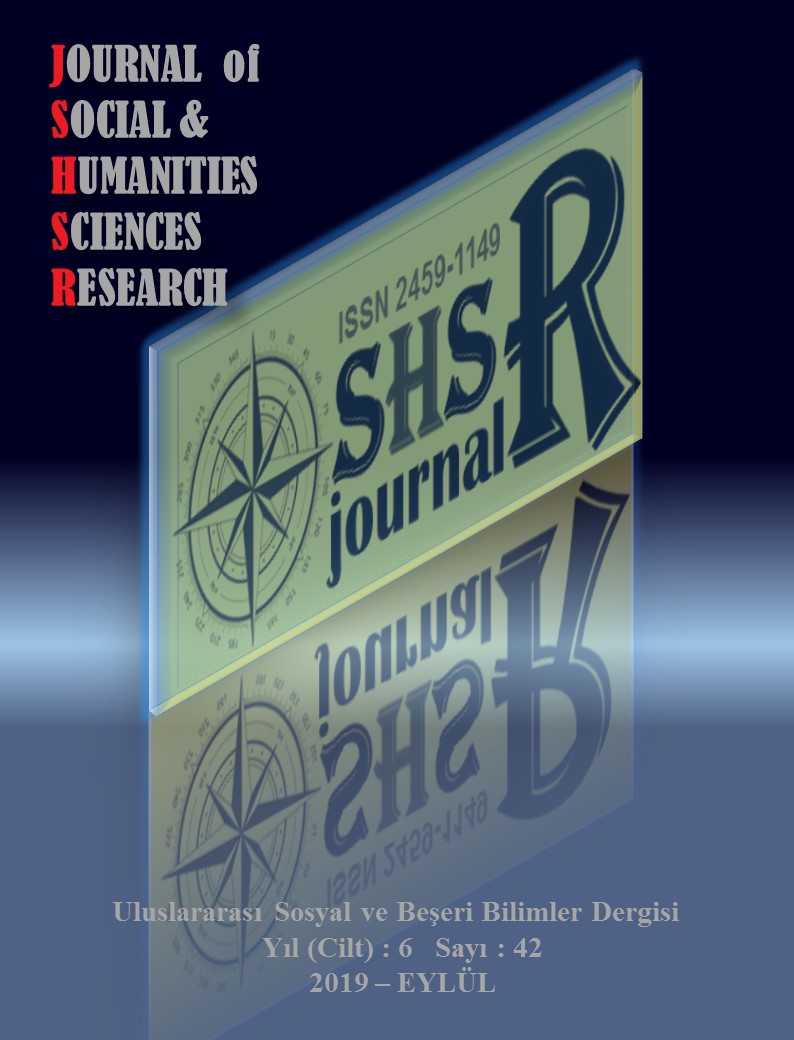EVALUATION OF THE SPATIAL CHARACTERISTICS REGARDING SASKIN DAMAT (1975) BY KEMAL SUNAL IN THE INTERSECTION OF CINEMA AND ARCHITECTURE
DOI:
https://doi.org/10.26450/jshsr.1413Keywords:
Kemal Sunal, iç mekân, konut, sinema ve mimarlıkAbstract
The common aspect of cinema and architecture is the concept of space, and the spaces where people live and gain experiences are evaluated within this intersection. Cinema enables people to experience the generation of spaces on different scales through the movies, and it bases time and space on a common ground by collectively assessing the past and future from a timewise and spatial perspective. Movies contain plenty of data regarding the time, space and society in which they are shot within the concepts of time and space. While architecture regards the designs of real spaces within the present time as an objective, cinema generates different derivatives of these spaces in different periods of time and aims to present these derivatives to spectators in a cinematic structure. Kemal Sunal movies are the social works that have a special place in the Turkish cinema and that enable us to assess the socio-cultural structure and lifestyle of the era through the spatial experiences. This study reviewed the spatial characteristics and formations, indoor arrangements and the equipment used in these arrangements, all of which belong to two different buildings seen in Şaşkın Damat (1975) by Kemal Sunal, in relation to the social statuses and cultural levels of users. Results indicated that the determinant factor in selecting and forming the housing type, using the space, and preferring the equipment and technologic objects is the socio-cultural characteristics and financial status of users
Downloads
Published
How to Cite
Issue
Section
License
Copyright (c) 2019 INTERNATIONAL JOURNAL OF SOCIAL HUMANITIES SCIENCES RESEARCH

This work is licensed under a Creative Commons Attribution 4.0 International License.


